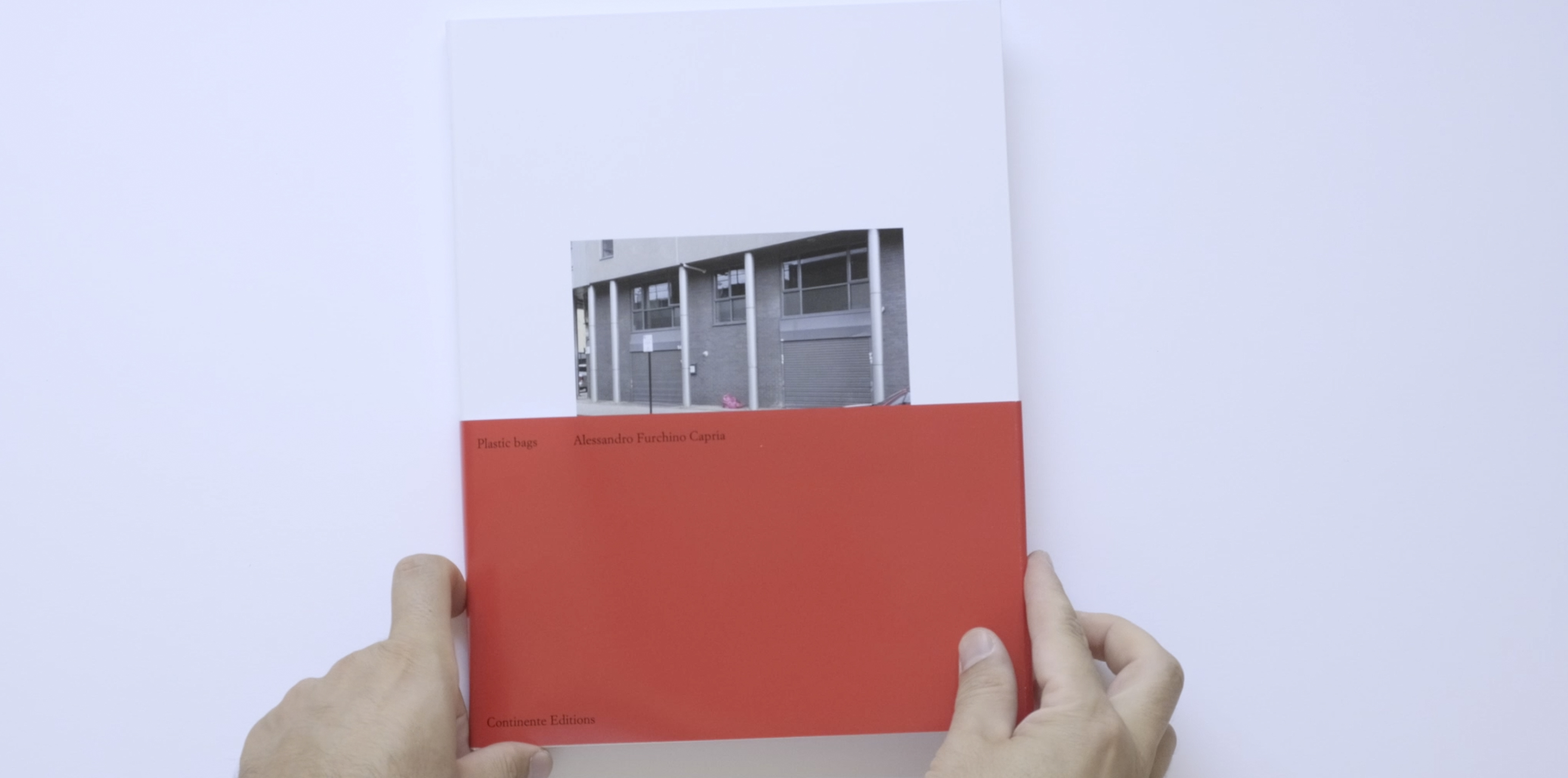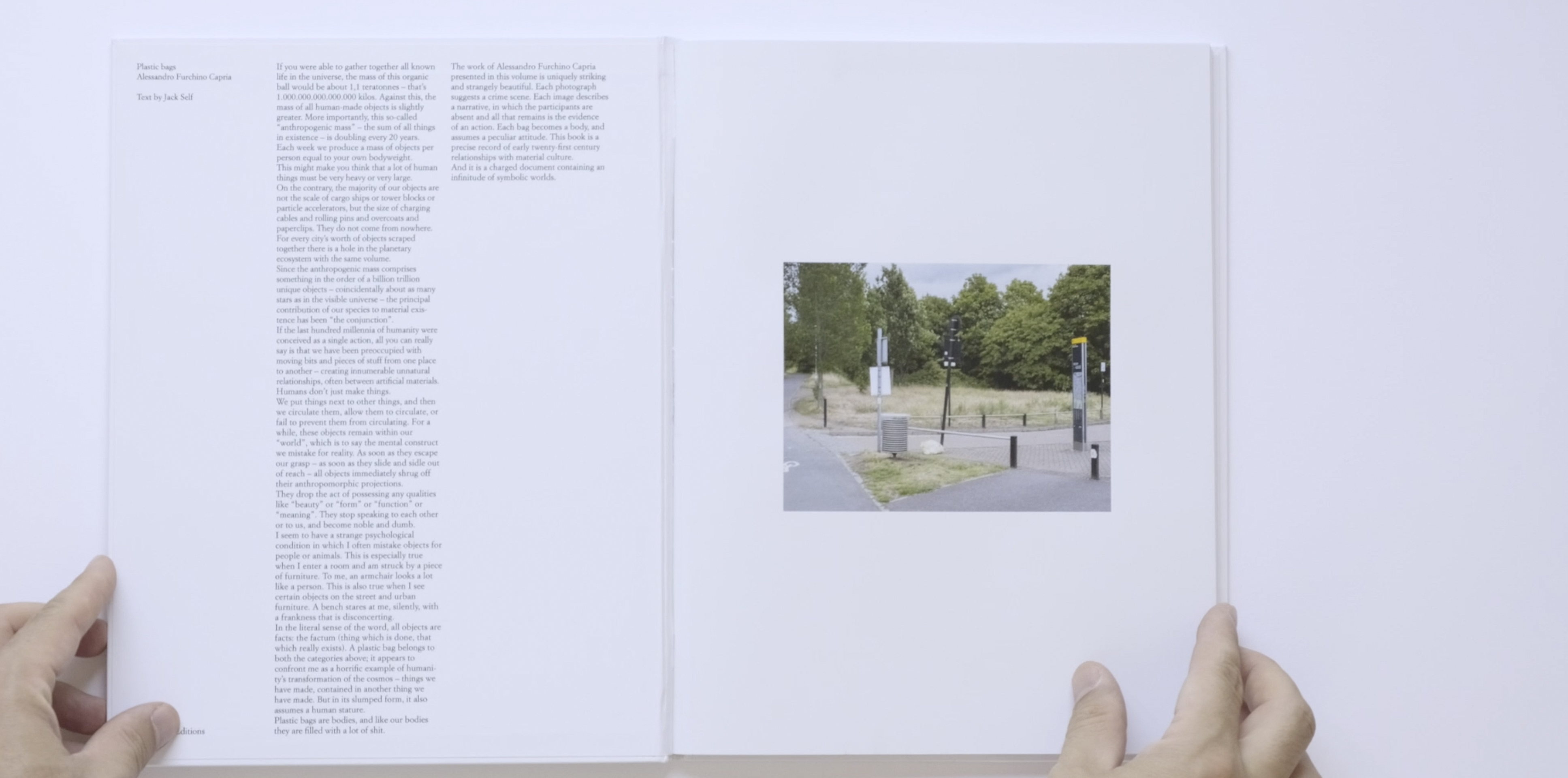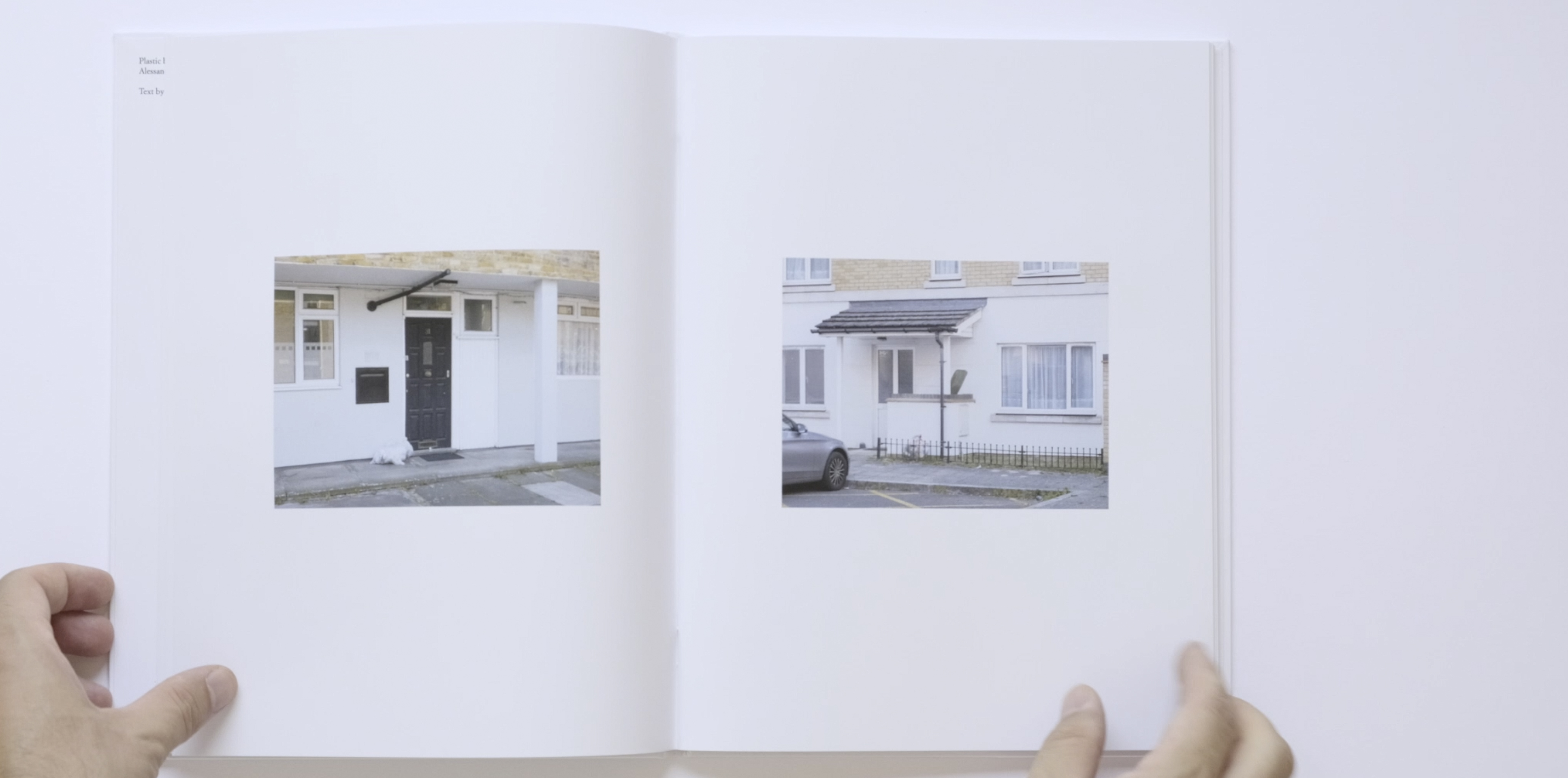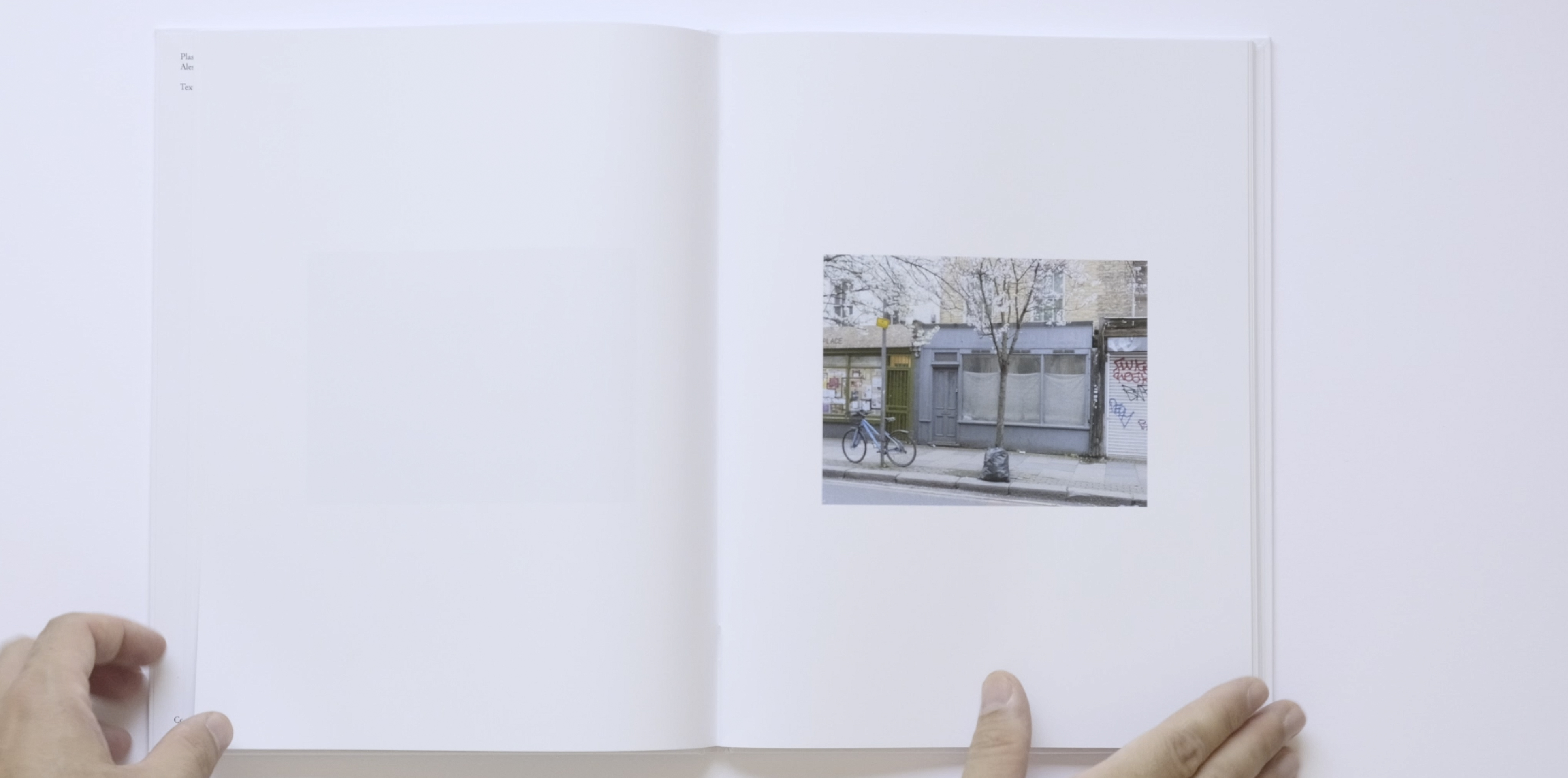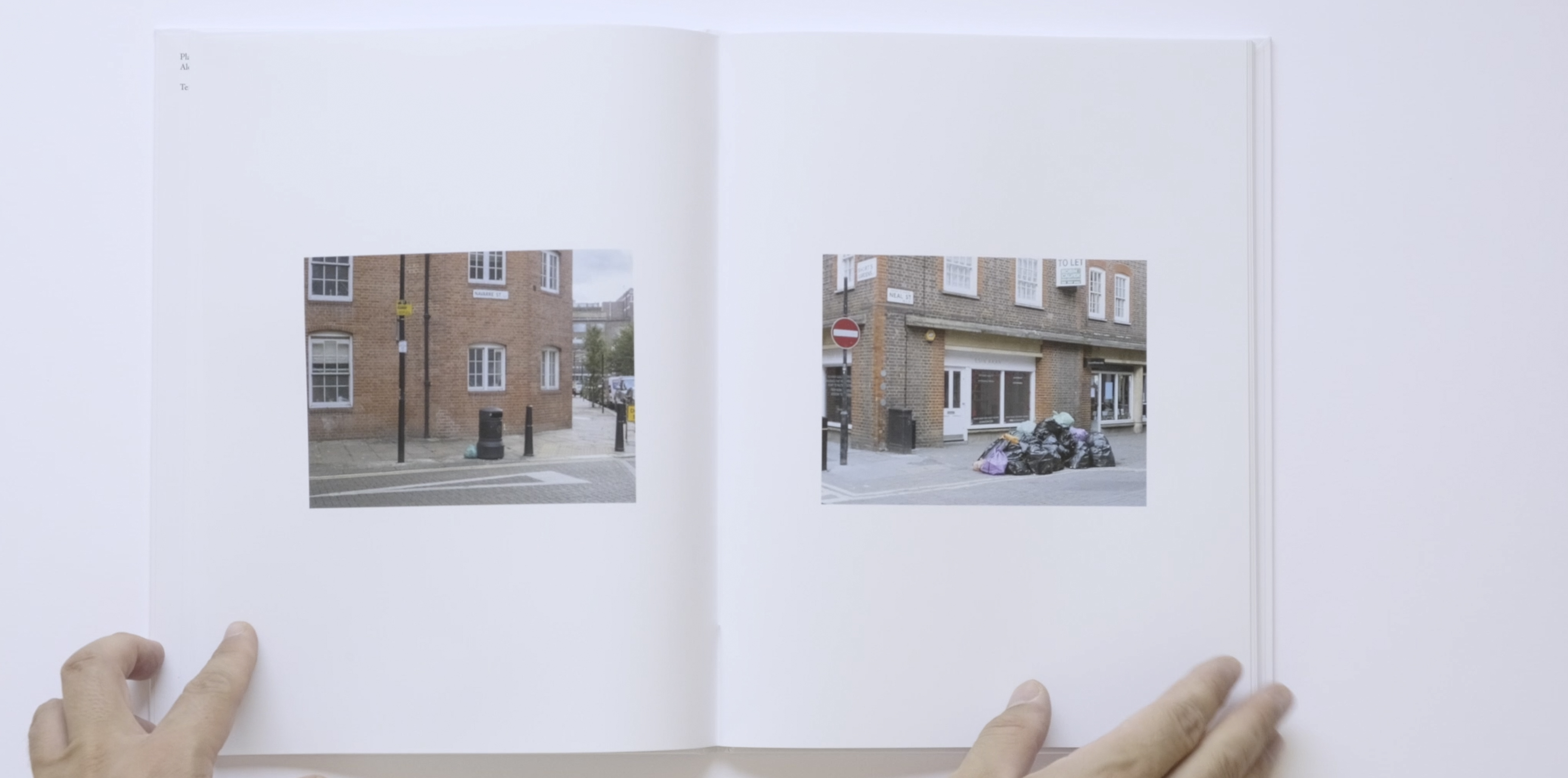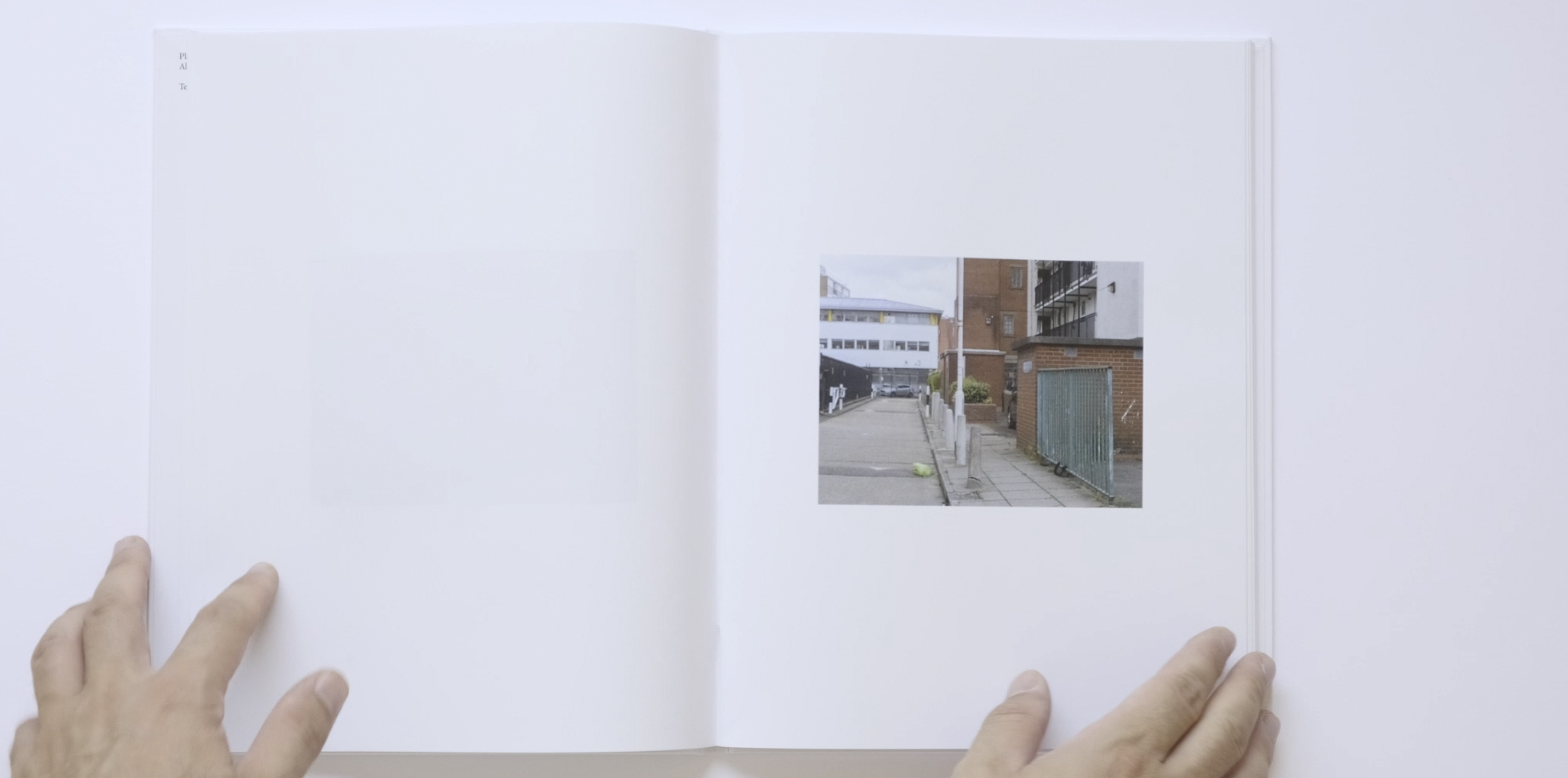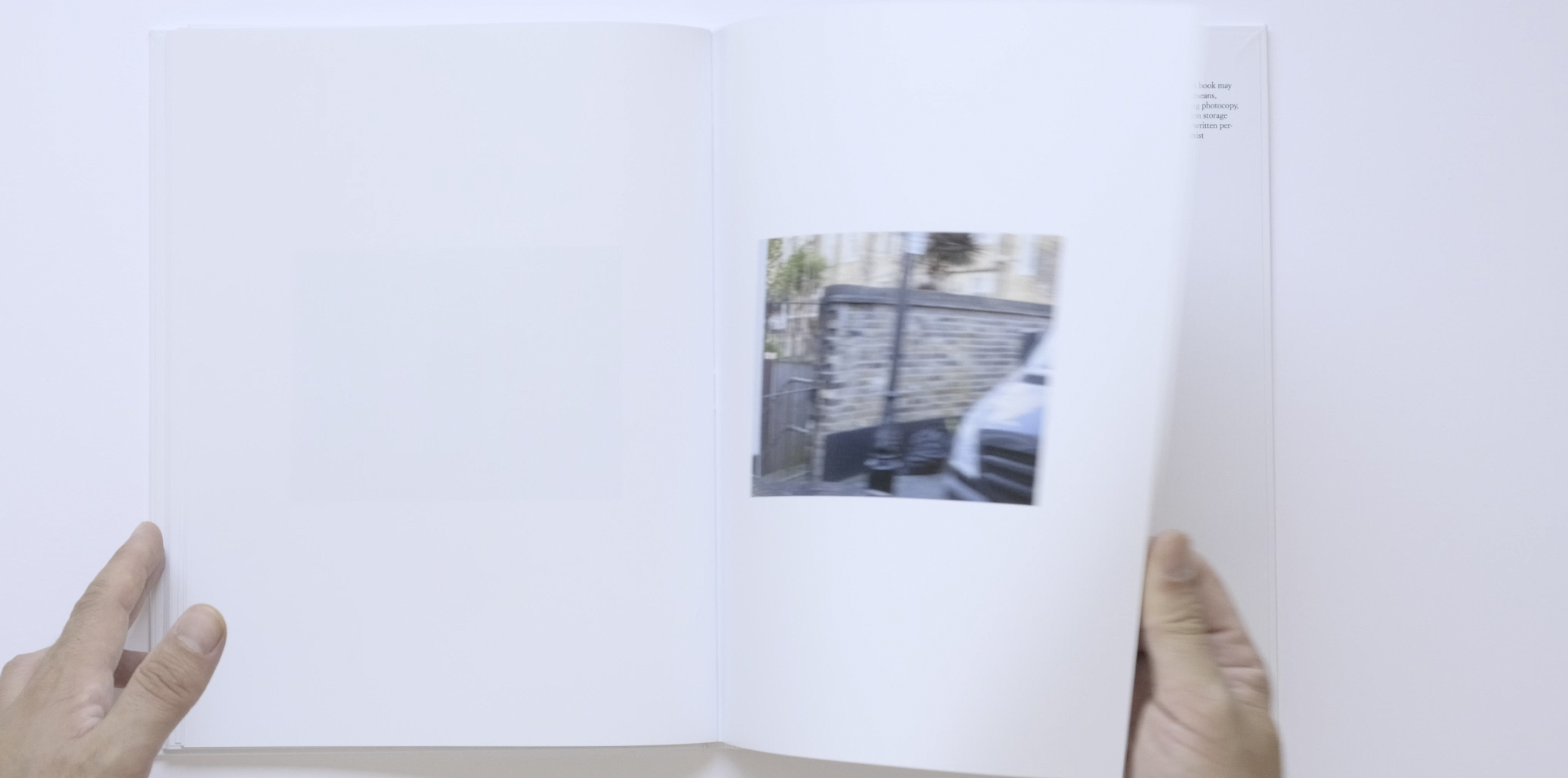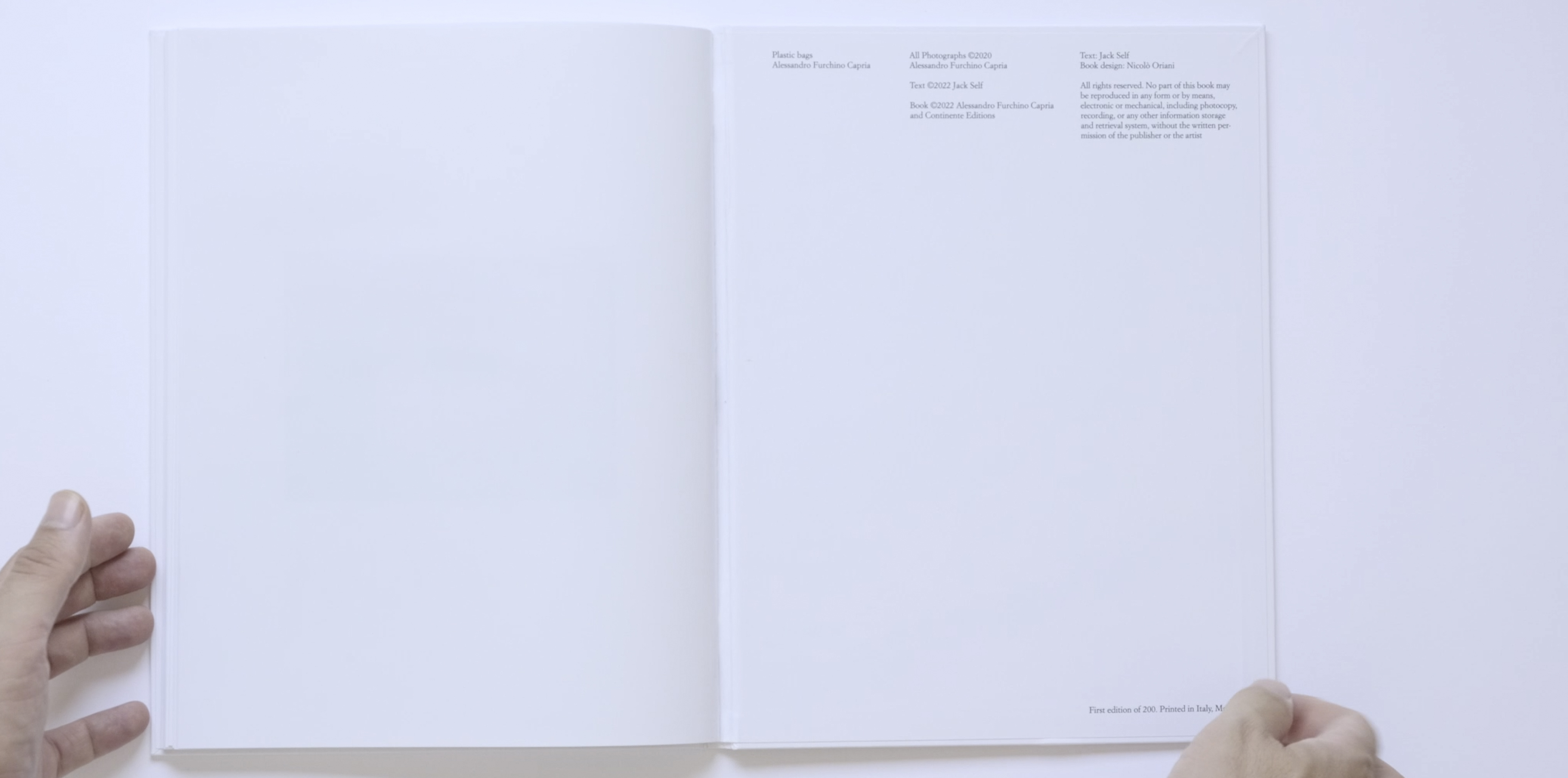01 Plastic bags
2022
Hard cover
21,5 x 28cm
n.104 pages
Color
Designed by Nicolò Oriani and Continente Editions
Introduction text by Jack Self
First edition of n.200 copies
21,5 x 28cm
n.104 pages
Color
Designed by Nicolò Oriani and Continente Editions
Introduction text by Jack Self
First edition of n.200 copies
Sold out
If you were able to gather together all known life in the universe, the mass of this organic ball would be about 1,1 teratonnes – that’s 1.000.000.000.000.000 kilos. Against this, the mass of all human-made objects is slightly greater. More importantly, this so-called “anthropogenic mass” – the sum of all things in existence – is doubling every 20 years. Each week we produce a mass of objects per person equal to your own bodyweight.
This might make you think that a lot of human things must be very heavy or very large. On the contrary, the majority of our objects are not the scale of cargo ships or tower blocks or particle accelerators, but the size of charging cables and rolling pins and overcoats and paperclips. They do not come from nowhere. For every city’s worth of objects scraped together there is a hole in the planetary ecosystem with the same volume.
Since the anthropogenic mass comprises something in the order of a billion trillion unique objects
– coincidentally about as many stars as in the visible universe – the principal contribution of our species to material existence has been “the conjunction”. If the last hundred millennia of humanity were conceived as a single action, all you can really say is that we have been preoccupied with moving bits and pieces of stuff from one place to another – creating innumerable unnatural relationships, often between artificial materials.
Humans don’t just make things. We put things next to other things, and then we circulate them, allow them to circulate, or fail to prevent them from circulating. For a while, these objects remain within our “world”, which is to say the mental construct we mistake for reality. As soon as they escape our grasp – as soon as they slide and sidle out of reach – all objects immediately shrug off their anthropomorphic projections. They drop the act of possessing any qualities like “beauty” or “form” or “function” or “meaning”. They stop speaking to each other or to us, and become noble and dumb.
I seem to have a strange psychological condition in which I often mistake objects for people or animals. This is especially true when I enter a room and am struck by a piece of furniture. To me, an armchair looks a lot like a person. This is also true when I see certain objects on the street and urban furniture. A bench stares at me, silently, with a frankness that is disconcerting. In the literal sense of the word, all objects are facts: the factum (thing which is done, that which really exists).
A plastic bag belongs to both the categories above; it appears to confront me as a horrific example of humanity’s transformation of the cosmos – things we have made, contained in another thing we have made. But in its slumped form, it also assumes a human stature. Plastic bags are bodies, and like our bodies they are filled with a lot of shit.
The work of Alessandro Furchino Capria presented in this volume is uniquely striking and strangely beautiful. Each photograph suggests a crime scene. Each image describes a narrative, in which the participants are absent and all that remains is the evidence of an action. Each bag becomes a body, and assumes a peculiar attitude.
This book is a precise record of early twenty-first century relationships with material culture. And it is a charged document containing an infinitude of symbolic worlds.
Jack Self, 2022
This might make you think that a lot of human things must be very heavy or very large. On the contrary, the majority of our objects are not the scale of cargo ships or tower blocks or particle accelerators, but the size of charging cables and rolling pins and overcoats and paperclips. They do not come from nowhere. For every city’s worth of objects scraped together there is a hole in the planetary ecosystem with the same volume.
Since the anthropogenic mass comprises something in the order of a billion trillion unique objects
– coincidentally about as many stars as in the visible universe – the principal contribution of our species to material existence has been “the conjunction”. If the last hundred millennia of humanity were conceived as a single action, all you can really say is that we have been preoccupied with moving bits and pieces of stuff from one place to another – creating innumerable unnatural relationships, often between artificial materials.
Humans don’t just make things. We put things next to other things, and then we circulate them, allow them to circulate, or fail to prevent them from circulating. For a while, these objects remain within our “world”, which is to say the mental construct we mistake for reality. As soon as they escape our grasp – as soon as they slide and sidle out of reach – all objects immediately shrug off their anthropomorphic projections. They drop the act of possessing any qualities like “beauty” or “form” or “function” or “meaning”. They stop speaking to each other or to us, and become noble and dumb.
I seem to have a strange psychological condition in which I often mistake objects for people or animals. This is especially true when I enter a room and am struck by a piece of furniture. To me, an armchair looks a lot like a person. This is also true when I see certain objects on the street and urban furniture. A bench stares at me, silently, with a frankness that is disconcerting. In the literal sense of the word, all objects are facts: the factum (thing which is done, that which really exists).
A plastic bag belongs to both the categories above; it appears to confront me as a horrific example of humanity’s transformation of the cosmos – things we have made, contained in another thing we have made. But in its slumped form, it also assumes a human stature. Plastic bags are bodies, and like our bodies they are filled with a lot of shit.
The work of Alessandro Furchino Capria presented in this volume is uniquely striking and strangely beautiful. Each photograph suggests a crime scene. Each image describes a narrative, in which the participants are absent and all that remains is the evidence of an action. Each bag becomes a body, and assumes a peculiar attitude.
This book is a precise record of early twenty-first century relationships with material culture. And it is a charged document containing an infinitude of symbolic worlds.
Jack Self, 2022
